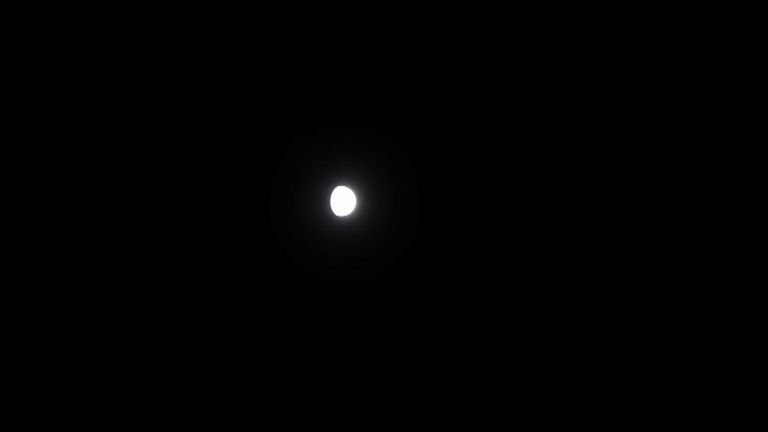Stunning new images of a young star reveal the secrets of the largest planet in our solar system.
This image was taken using the European Southern Observatory (ESO) telescope located in the north Chile.
It shows giant dust clumps orbiting a star called V960 Mon, more than 5,000 light-years from Earth in the constellation Monoceros.
The researchers believe that these star clusters may be part of a giant planet with a size of about Jupiterwhich is 11 times the diameter of our parent star, the largest in our solar system.
Alice Zurlo of the University of Diego Portales in Chile described the discovery as “truly fascinating”.
How were these dusty clumps discovered?
The new work is based on images obtained by ESO’s Very Large Telescope, V960 Mon.
It caught the attention of astronomers in 2014 when its brightness suddenly increased by a factor of more than 20, during which time surrounding material gathered into a spiral that stretched a distance greater than the solar system.
More detailed observations were made using the Atacama Large Millimeter Array.
“With ALMA, we see that the spiral arms are breaking apart, forming clumps of planet-like mass,” Ms Zurlow said.
How did they form giant planets?
Jupiter-like giant planets are thought to form in one of two ways.
The first is core accretion, where dust grains come together to form planets.
The other is gravitational instability, in which chunks of material around the star shrink and collapse. But this is largely based on theory, as it has never been observed.
Sebastian Perez, another researcher on the project at the University of Santiago de Chile, said: “Our team has been looking for signs of how planets form for more than a decade.
“We are very excited about this incredible discovery.”
read more:
Stars May Preview How Earth Will Die
Telescope Uncovers Secrets of Dark Universe
‘Exciting’ evidence of exoplanet shared orbits
Further studies of the dust clumps will be possible when the European Southern Observatory’s Very Large Telescope is completed.
It’s currently under construction in Chile’s Atacama Desert, but it’s still five years away from completion.
The latest findings were published in The Astrophysical Journal Letters.
